So, you’re planning a trip to Japan—exciting! Maybe it’s your first time and you’re not sure how to tackle such a big adventure. Or maybe you’ve been before and realised how complicated things can get when you don’t speak the language. Either way, you might be wondering if joining a group tour is the best way to go or if it’s better to figure everything out on your own.
Japan is an incredible place, but it’s not the easiest country to navigate. The train system is efficient but overwhelming, major cities are huge, and some of the best experiences are tucked away in places that aren’t always obvious. Even with plenty of research, sorting out transport, picking hotels in the right areas, and making sure you don’t miss out on key spots can take a lot of work.
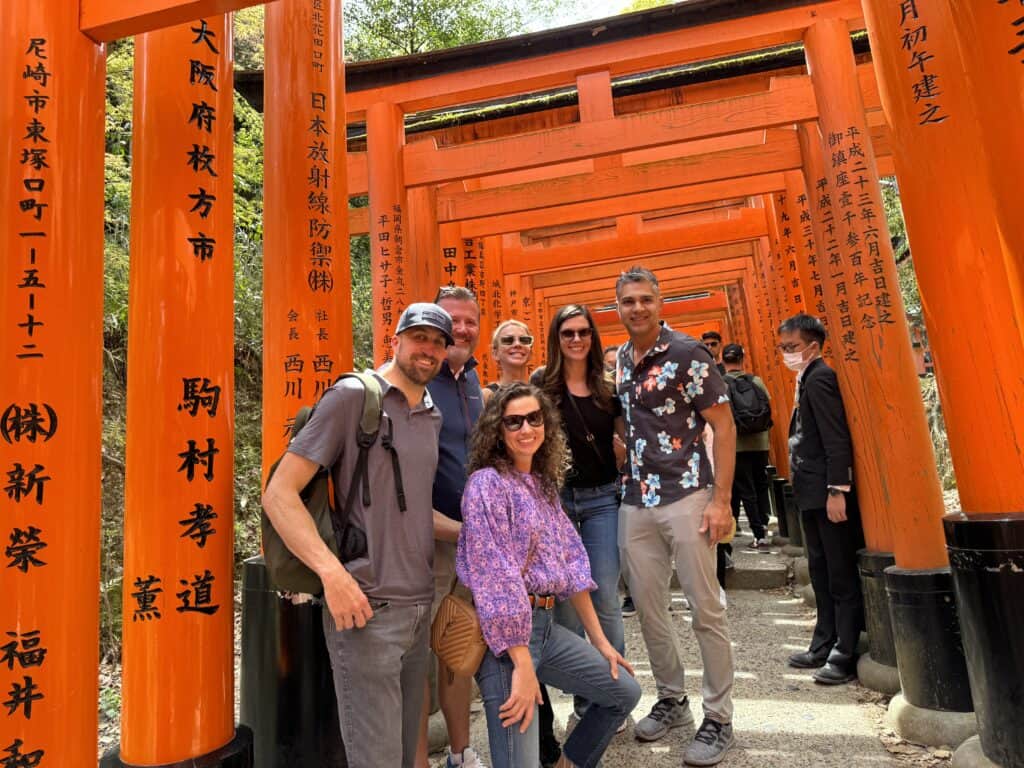
A group tour takes the stress out of planning, but is it really worth it? Or can you get the same experience for less by booking everything yourself? This blog breaks down the real costs of doing it all independently versus joining a well-organised group trip. By the end, you’ll have a clear idea of what makes the most sense for your budget, time, and travel style.
Let’s get into it!
The Best Course for Experiencing Japan in One Week
If you want to see the best of Japan in just one week, you need a well-planned route that takes you through the country’s most iconic sights without wasting time. Japan’s blend of rich history, futuristic cities, and diverse food culture can be overwhelming, especially if it’s your first time. But if you focus on the places that give you the full experience—from traditional shrines to neon-lit districts, ancient temples to buzzing markets—you’ll get an unforgettable journey through Japan’s contrasts.
Here’s the best way to do it.
Tokyo’s Cultural Side – Temples, Markets, and Historic Districts
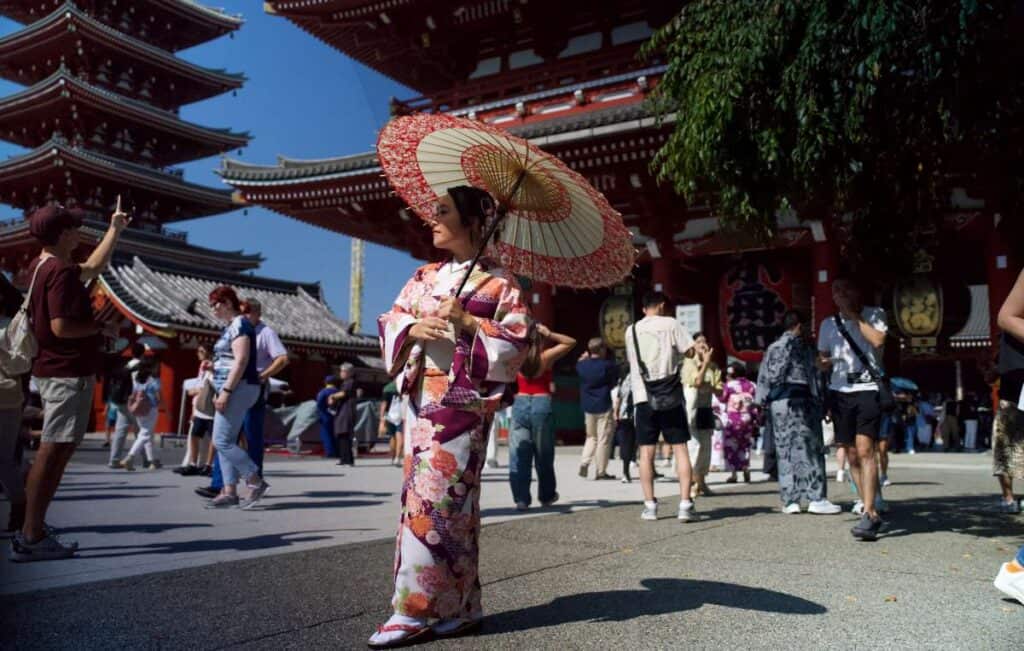
To understand Japan’s roots, start your journey in Asakusa, one of Tokyo’s oldest districts. The highlight here is Senso-ji Temple, a stunning Buddhist temple that has been a spiritual hub for centuries. As you walk through Nakamise Street, leading up to the temple, you’ll find traditional snack stalls, souvenir shops, and vendors selling handcrafted goods. It’s a great place to try some classic Japanese street food like freshly grilled senbei (rice crackers) or sweet dorayaki pancakes.
From Asakusa, head to Tsukiji Outer Market, a food lover’s paradise where you can explore a maze of seafood vendors, local delicacies, and specialty stalls. This is one of the best places to try sushi as fresh as it gets, along with steaming bowls of ramen, tamagoyaki (Japanese omelet), and freshly fried tempura. The market is lively and fast-paced, making it an exciting glimpse into Tokyo’s food culture.
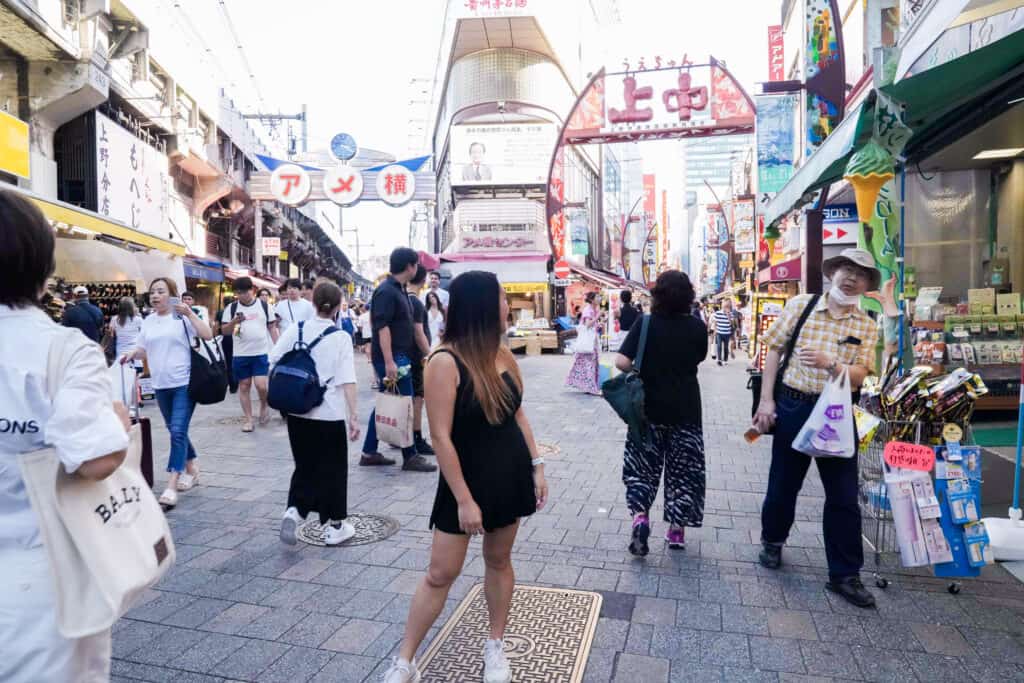
In the afternoon, visit Ueno, a district with a little bit of everything—nature, history, and shopping. Ueno Park is a massive green space home to several museums, shrines, and even a zoo. If you’re into history and art, the Tokyo National Museum is worth a visit, housing everything from samurai swords to ancient pottery. Nearby, Ameyoko Market is a bustling shopping street where you can find everything from streetwear to fresh produce, creating a lively, chaotic atmosphere that’s fun to explore.
As the day winds down, Akihabara is the perfect place to experience Tokyo’s tech and anime culture. This district is famous for its multi-story arcades, anime merchandise stores, and themed cafes. Even if you’re not into gaming or anime, Akihabara’s neon-lit streets and energetic vibe make it a fascinating place to see. Whether you step into a retro gaming store, try your luck at a claw machine, or just wander past the glowing billboards, Akihabara is one of those places that feels uniquely Tokyo.
Tokyo’s Modern Side – Trendy Neighbourhoods and City Lights
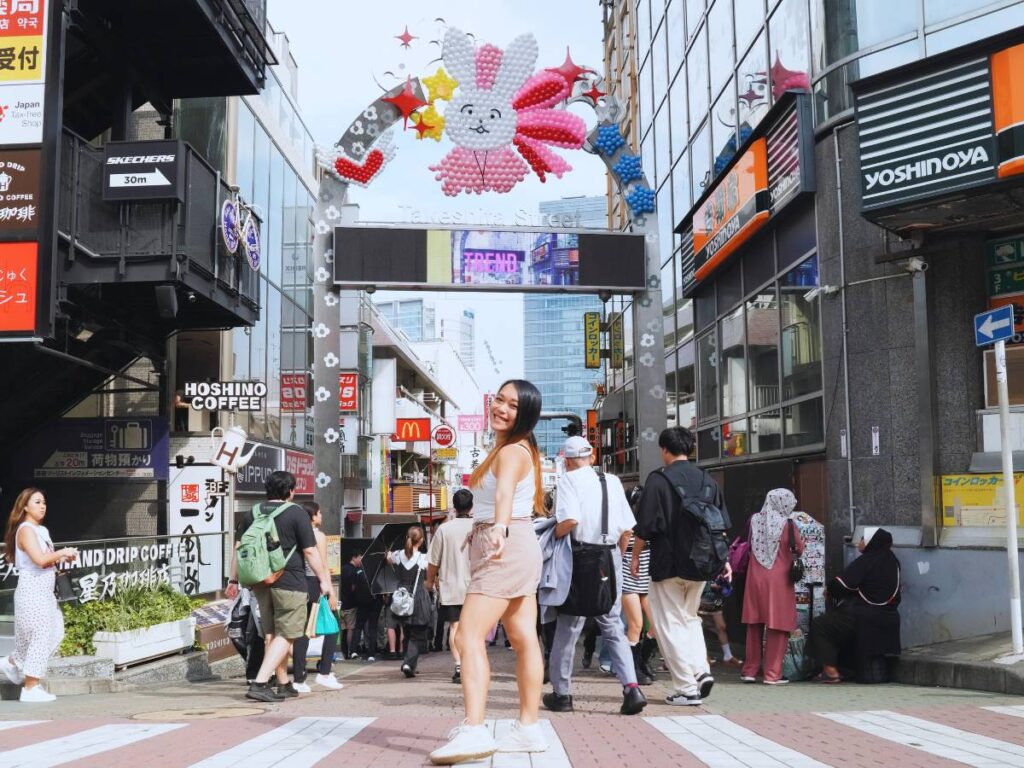
Once you’ve explored Tokyo’s historic side, it’s time to see the futuristic, fast-paced city that Japan is known for. The best place to start is Harajuku, Tokyo’s trendiest neighbourhood. Takeshita Street is packed with quirky fashion shops, themed cafes, and colourful street food. From rainbow cotton candy to giant crepes filled with cream and fruit, everything here is as Instagrammable as it is fun. If you prefer a more refined atmosphere, nearby Omotesando offers high-end boutiques and stylish cafés in a setting that feels like Tokyo’s version of the Champs-Élysées.
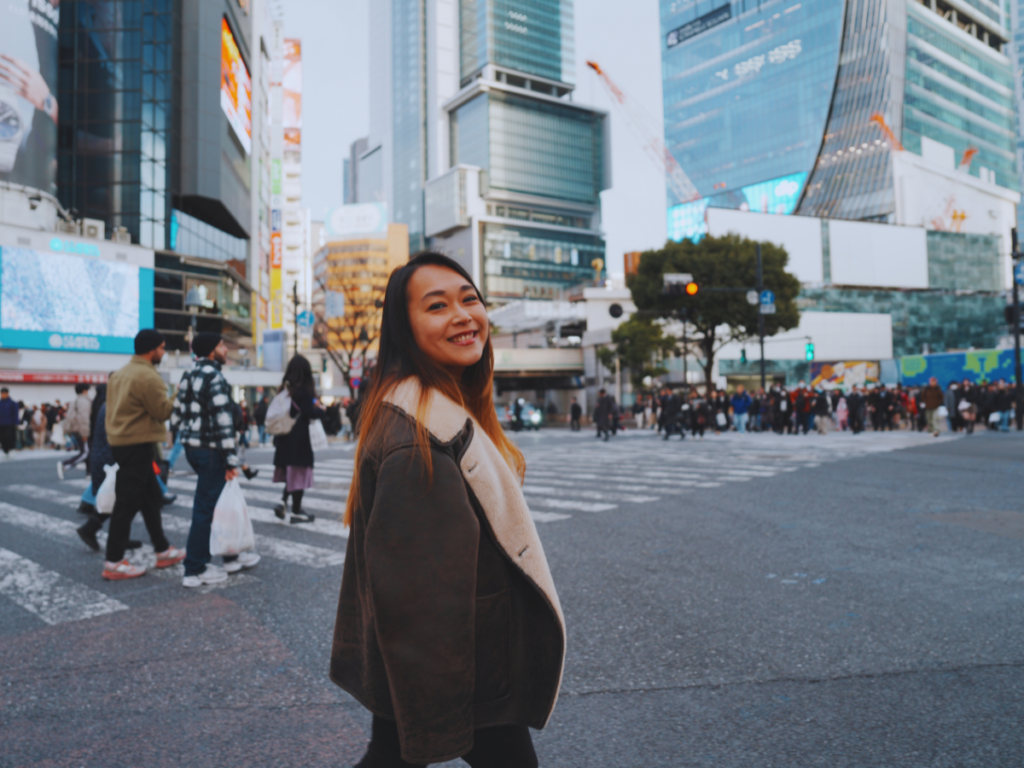
A short walk from Harajuku takes you to Shibuya, home to the Shibuya Scramble Crossing—one of the busiest pedestrian crossings in the world. Watching the sea of people move in sync as the lights change is a must-see moment. Shibuya is also packed with shopping malls, rooftop observation decks, and hidden bars. If you want a breathtaking view of the Tokyo skyline, this is one of the best areas to find it.
As the evening sets in, Shinjuku is the place to be. This district comes alive at night, glowing with neon lights and filled with energy. Whether you want to wander through the tiny alleyways of Omoide Yokocho, grab a drink at a rooftop bar, or just soak in the chaos of Kabukicho’s nightlife, Shinjuku has something for everyone. The city skyline looks incredible from here, and if you’re up for it, karaoke bars and izakayas stay open until the early hours.
Kyoto’s Timeless Beauty – Shrines, Temples, and Old Japan
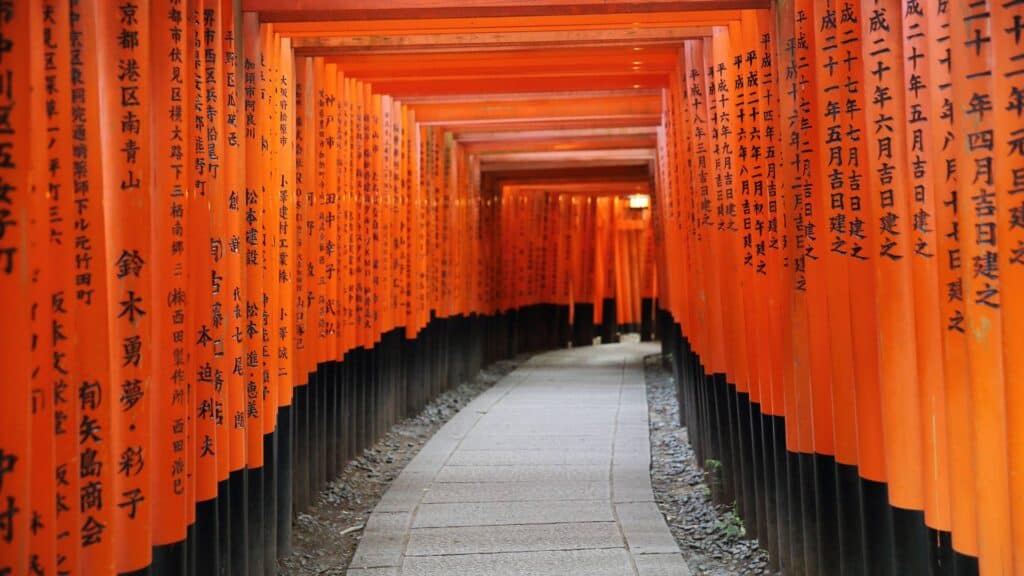
After experiencing Tokyo’s high-energy atmosphere, Kyoto offers a completely different pace. Taking the Shinkansen bullet train from Tokyo to Kyoto is an experience in itself, with views of Japan’s countryside and, on a clear day, a glimpse of Mount Fuji along the way.
Once you arrive, Kyoto instantly feels different—slower, more traditional, and filled with cultural treasures. A must-visit is Fushimi Inari Shrine, famous for its thousands of vermillion torii gates that create a tunnel up the mountainside. Walking through these gates is both peaceful and surreal, especially if you go early in the morning before the crowds arrive.

Later, head to Kiyomizu-dera Temple, one of Kyoto’s most stunning historic sites. Built on a hillside without a single nail, this wooden temple offers breathtaking panoramic views of the city below. If you’re visiting in spring or autumn, the scenery here is even more spectacular, with cherry blossoms or fiery red maple trees surrounding the temple grounds.
Kyoto is also the best place to experience Japan’s traditional arts and customs. If you’re curious about Japanese tea culture, you can join a tea ceremony where every movement is carefully performed as part of an age-old ritual. Or, if you want to immerse yourself in the history of Kyoto, strolling through the streets of Gion, the city’s geisha district, is a must. The wooden tea houses, narrow alleys, and dimly lit lanterns create a scene that feels straight out of another era.
Kyoto’s Natural Beauty and Peaceful Landscapes
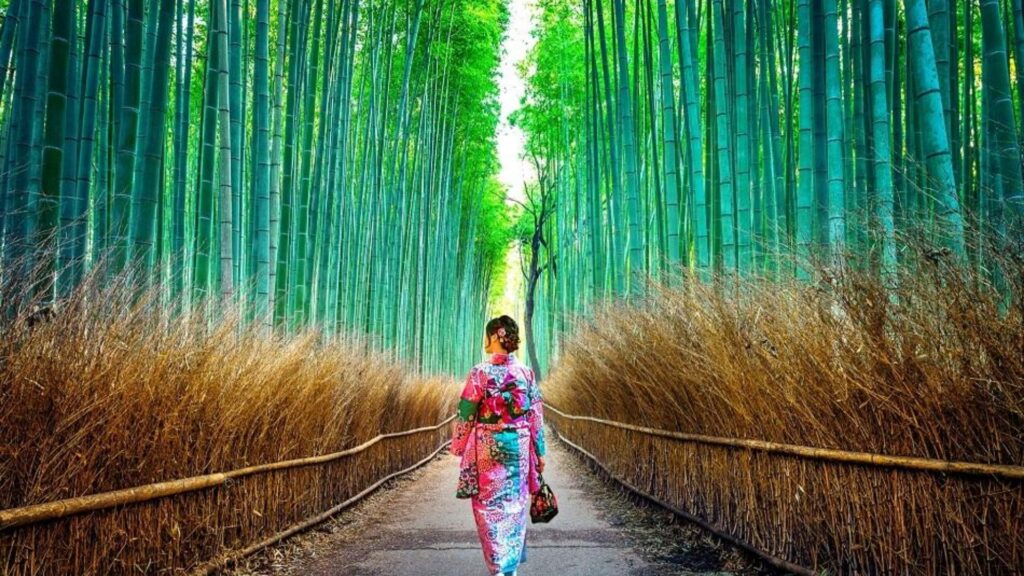
Kyoto isn’t just about temples and shrines—it’s also home to some of Japan’s most stunning natural scenery. One of the most magical places to visit is Arashiyama Bamboo Grove, where towering bamboo stalks create a surreal, dreamlike atmosphere.
Walking through the grove in the early morning, when the crowds are still thin, makes for an almost meditative experience, with the soft rustling of bamboo leaves in the wind. The nearby Togetsukyo Bridge, stretching over the Katsura River, is another scenic highlight, offering breathtaking views of the surrounding mountains that change colours with the seasons.
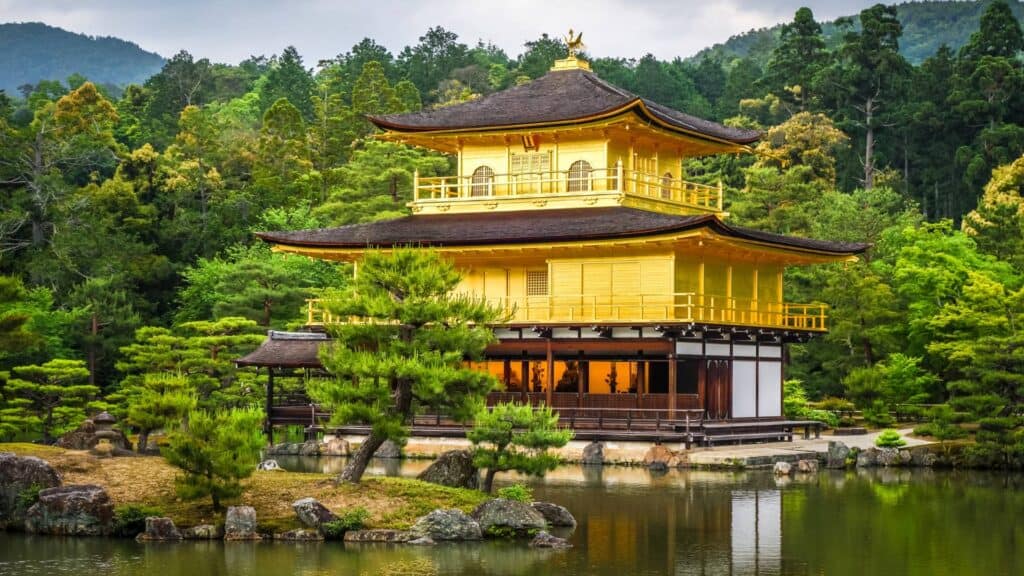
A short journey from Arashiyama takes you to Kinkaku-ji, also known as the Golden Pavilion. Covered entirely in gold leaf, this Zen temple shimmers under the sunlight and reflects beautifully in the pond below. It’s easily one of Kyoto’s most photogenic spots, and its perfectly manicured gardens make for a peaceful place to wander. If you want to experience Kyoto’s artistic heritage, you can also attend a traditional performing arts show, where you’ll see classical dance, music, and even geisha performances that showcase centuries-old Japanese culture.
A Day in Nara – Temples, Buddha, and Friendly Deer
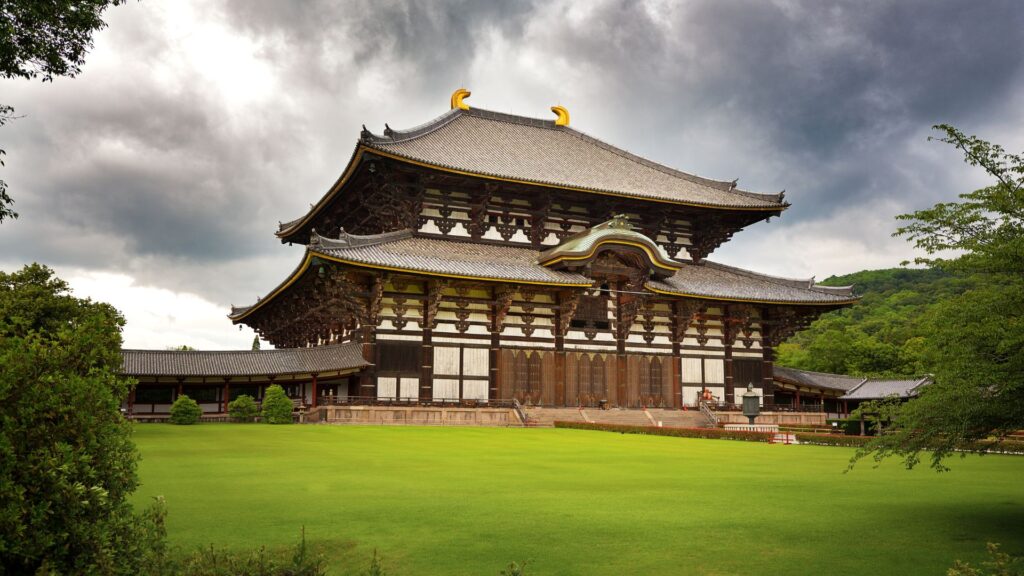
Just outside Kyoto, Nara offers a completely different experience, blending ancient history with a bit of playful charm. The city’s most famous attraction is Nara Park, home to hundreds of free-roaming deer that have become a symbol of the city. They’re used to visitors and will even bow in exchange for treats, but be warned—they can be a little cheeky if they spot food in your hand!
Within the park, you’ll find Todaiji Temple, one of the most significant Buddhist sites in Japan. The temple’s massive wooden hall houses the Great Buddha, a towering 15-metre bronze statue that leaves visitors in awe. The sheer scale of both the building and the statue is impressive, making it one of the most unforgettable stops on your trip.
After Nara, you’ll continue to Osaka, a city that feels completely different from Kyoto. Osaka is louder, bolder, and all about food and fun, setting the stage for the last leg of your adventure.
Osaka – Japan’s Food Capital and Bustling Streets
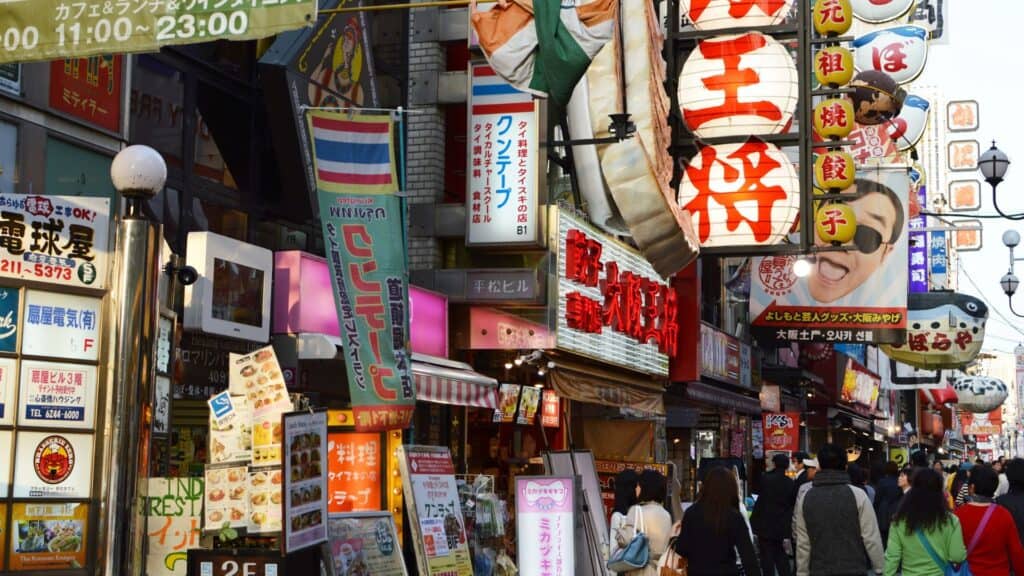
Osaka is often called Japan’s kitchen, and for good reason—the city is packed with street food, casual eateries, and lively markets where you can try some of the country’s most famous dishes. A must-visit is Kuromon Market, where local vendors sell fresh sushi, grilled skewers, takoyaki (octopus balls), and all kinds of Japanese snacks. The market’s atmosphere is energetic, with chefs cooking right in front of you and vendors calling out their latest specials.
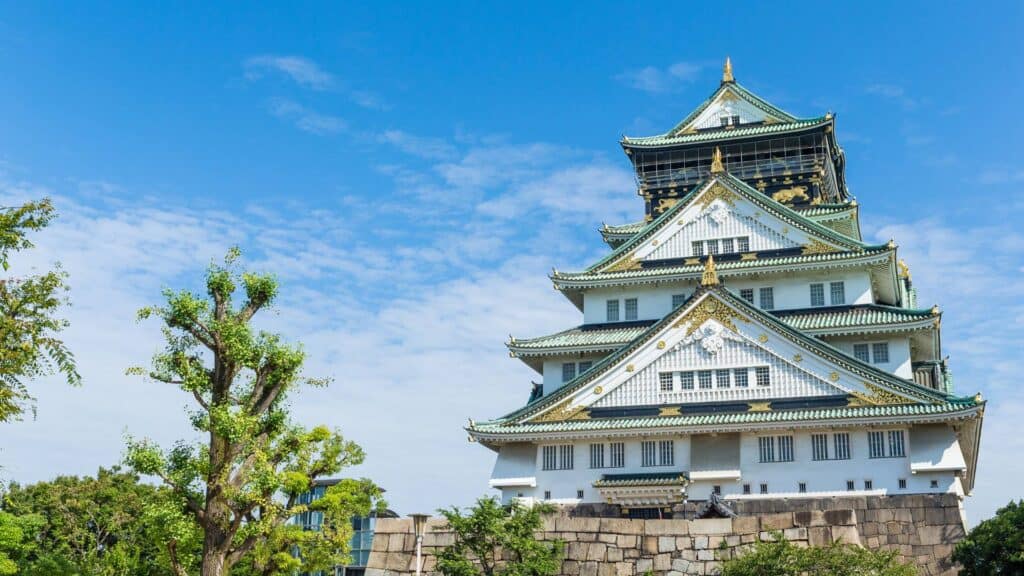
To see Osaka’s more traditional side, stop by Sumiyoshi Taisha, one of Japan’s oldest shrines. With its striking red bridges and tranquil surroundings, it’s a beautiful place to step away from the city’s fast-paced energy for a moment of calm. If you’re interested in history, you might also want to visit Osaka Castle, a grand fortress surrounded by lush gardens that played a major role in Japan’s samurai era. Climbing to the top of the castle rewards you with a panoramic view of the city, offering a mix of historic charm and modern skyscrapers in one frame.
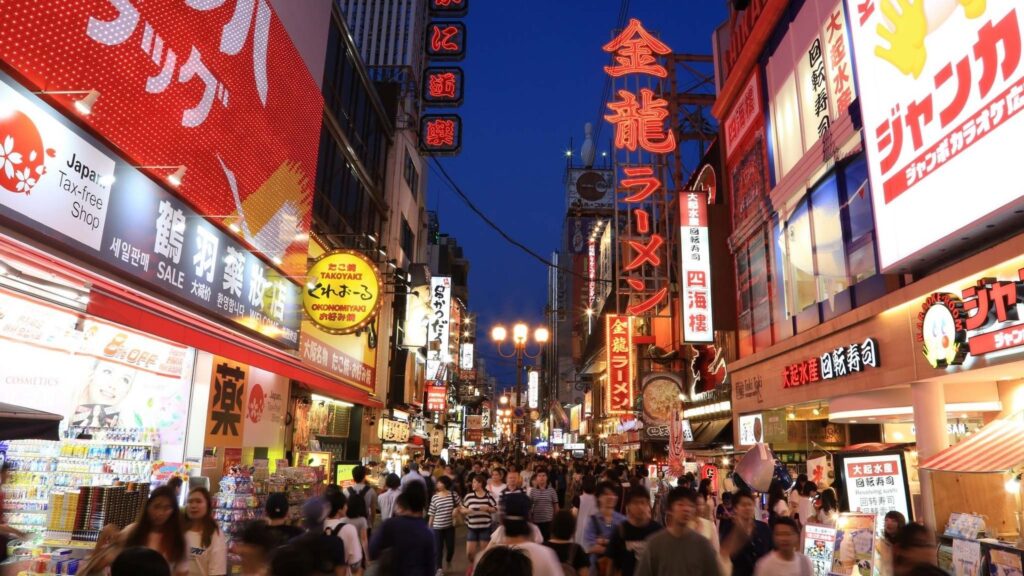
But Osaka is best experienced at night, and the heart of the action is in Dotonbori, a neon-lit district filled with buzzing restaurants and street food stalls. The flashing billboards, including the famous Glico Running Man, create an atmosphere that feels like a mix between Times Square and a night market. This is the best place to grab Osaka’s signature okonomiyaki (savory pancakes) or kushikatsu (deep-fried skewers) and just enjoy the lively, carefree vibe of the city.
How Much Would This Trip Cost If You Planned It Yourself?

Now that you have the perfect one-week Japan itinerary, let’s talk about what it would cost to do all of this on your own. While it’s always possible to travel independently, Japan is a country where having a well-organised plan can make or break your experience. Between navigating complex train systems, securing good accommodations in the right locations, and knowing exactly where to go, things can add up quickly—not just in money, but in time and effort. To make this comparison fair, let’s break down the real cost of booking everything yourself, considering only what’s included in our package so you can see the actual savings.
Accommodation
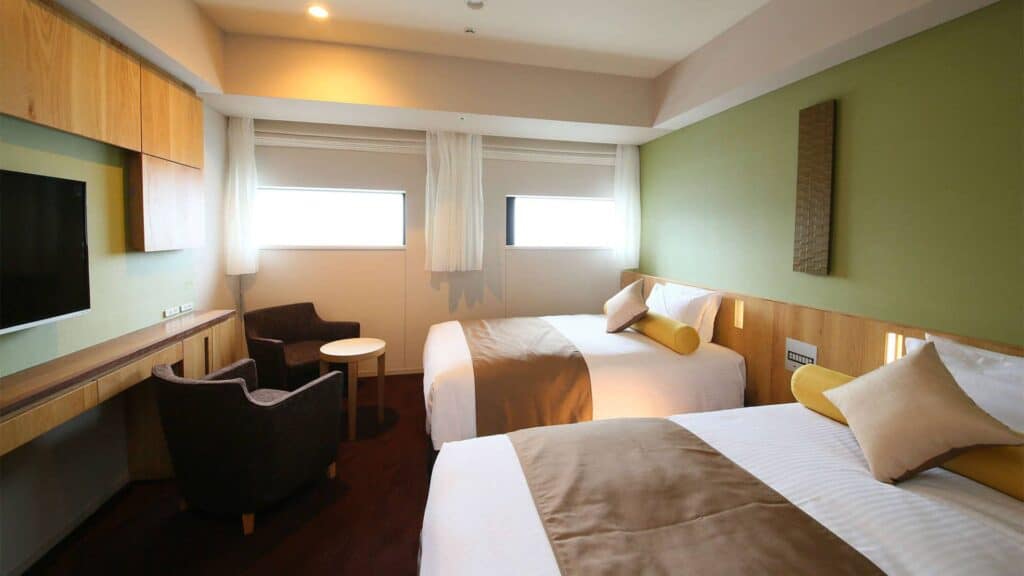
Accommodation is one of the biggest expenses, and finding the right balance between comfort, location, and affordability is key. In Tokyo, a 3-star hotel in a well-located area typically costs between ¥15,000–¥25,000 ($100–$170) per night, meaning a 3-night stay would add up to ¥45,000–¥75,000 ($300–$510). In Kyoto, similar accommodations range from ¥15,000–¥25,000 ($100–$170) per night, totaling ¥30,000–¥50,000 ($200–$340) for 2 nights. Finally, in Osaka, where the itinerary wraps up, a 2-night stay in a comparable hotel would be another ¥30,000–¥50,000 ($200–$340). That brings the total accommodation cost for the week to ¥105,000–¥175,000 ($710–$1,190).
Transportation
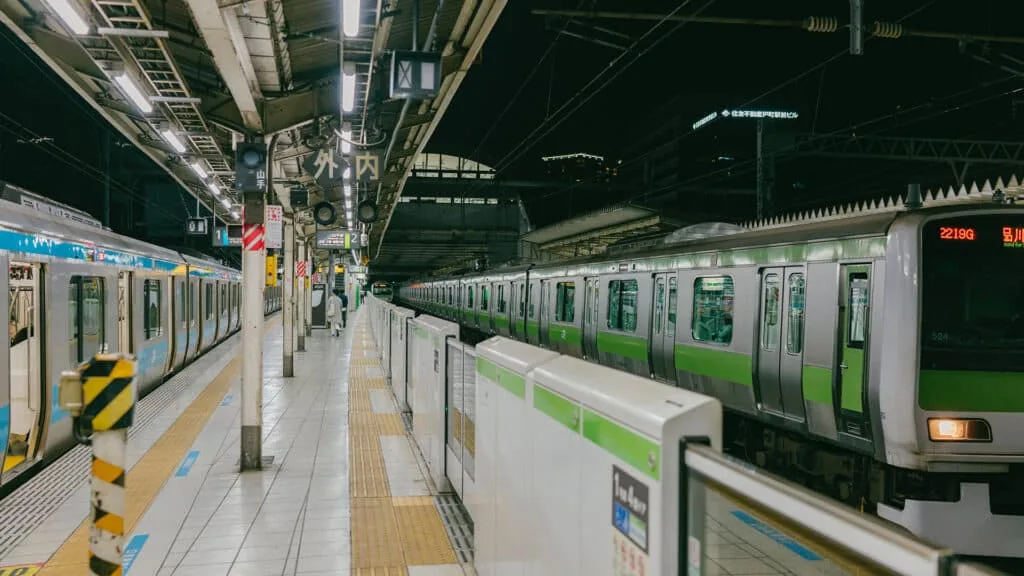
Japan’s transport system is incredibly efficient but comes at a cost, especially for long-distance travel. The Shinkansen bullet train from Tokyo to Kyoto, a major part of the journey, offers three seat options:
- Non-Reserved Seat (自由席 / Jiyūseki): The most budget-friendly option at ¥13,320 ($90) one-way. These seats are available on a first-come, first-served basis in designated cars. It’s a good choice for flexibility, but during peak hours, you may need to stand if seats are full.
- Reserved Seat (指定席 / Shiteiseki): Costs slightly more at ¥14,320 ($97) one-way, guaranteeing you a seat in a designated car. This is ideal for travelers who prefer peace of mind, especially during busy travel seasons.
- Green Car (グリーン車 / Gurīnsha): A premium option at ¥19,230 ($130) one-way, offering more spacious seating, extra legroom, and quieter cars for a more comfortable experience.

For a quick and easy guide on everything you need to know about bullet trains in Japan, check out our Instagram post!
Local transport in Tokyo, Kyoto, and Osaka—including subways, trains, and buses—averages ¥1,500–¥2,000 ($10–$14) per day, which adds up to ¥10,500–¥14,000 ($70–$95) over seven days. There’s also a day trip to Nara, where a round-trip fare from Kyoto costs about ¥1,500–¥2,000 ($10–$14).
With the total transportation cost reaching approximately ¥25,320–¥29,320 ($170–$200), you may want to consider whether the Japan Rail Pass is worth it for your trip. While it offers unlimited travel on JR trains, including most Shinkansen routes, the pass price has increased, making it less cost-effective for some travellers. If you’re doing multiple long-distance trips, it might still save you money, but for this itinerary, purchasing individual tickets could be a better option.
Guided Tours

Hiring a private English-speaking guide in Japan can significantly enhance your experience, especially when exploring different cities, navigating public transport, and discovering local culture. However, standard guided tours are usually just a few hours long, meaning travellers have to book multiple tours if they want consistent guidance throughout their trip.
With our package, you’re not just getting a guide for a short tour—you’ll have an expert local guide every day for 7 days, showing you around as you travel. They won’t just meet you for a single attraction—they’ll be with you, ensuring you experience Japan like a true insider.
Now, let’s break down what it would cost if you booked guides independently:
- A six-hour group tour in Tokyo (covering Ueno, Akihabara, Shinjuku, and Harajuku) costs $67 per person. For two full days of similar coverage, that’s $134 per person.
- A six-hour guided tour in Kyoto (visiting landmarks like Fushimi Inari and Kiyomizu-dera) costs $67 per person. For two full days, that’s $134 per person.
- A five-hour themed tour in Akihabara for anime/manga lovers costs $100 per person.
- A four-hour food and drinks tour (which is shorter than a full-day guided experience) ranges from $46 to $121 per person. If you book food-focused experiences in multiple cities, the costs can add up fast.
- A private custom tour in Tokyo or Kyoto starts at $300 per group (which gets very pricey if you want private tours every day).
- In Osaka and Nara, similar six-hour guided tours would also be around $67 per person per city, bringing the total for those two days to $134 per person.
If you wanted a guide every day for 7 days, you’d realistically be spending between $700 to well over $1,400 per person, depending on whether you go with group or private tours
Special Dinners
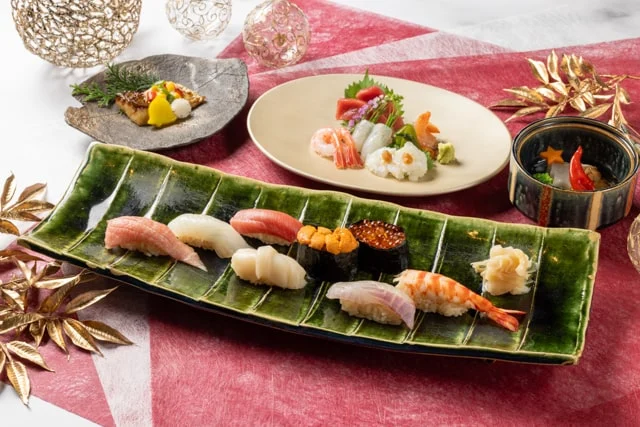
One of the best ways to experience Japan is through its incredible food culture, and while daily meals aren’t included in our package, two special dinners are part of the experience. The cost of multi-course dining experiences in Japan varies widely, starting at around ¥10,000 ($70) per person and going up to ¥60,000 ($400) or more, depending on the type of cuisine and the restaurant.
For instance, kaiseki dinners—elaborate seasonal multi-course meals—typically range from ¥10,000 to ¥25,000 ($70–$170) per person. Similarly, yakitori omakase, where a chef curates a high-quality selection of grilled skewers, tends to fall within the same price range. Yakiniku experiences, which feature premium cuts of Japanese beef grilled tableside, are usually priced slightly higher.
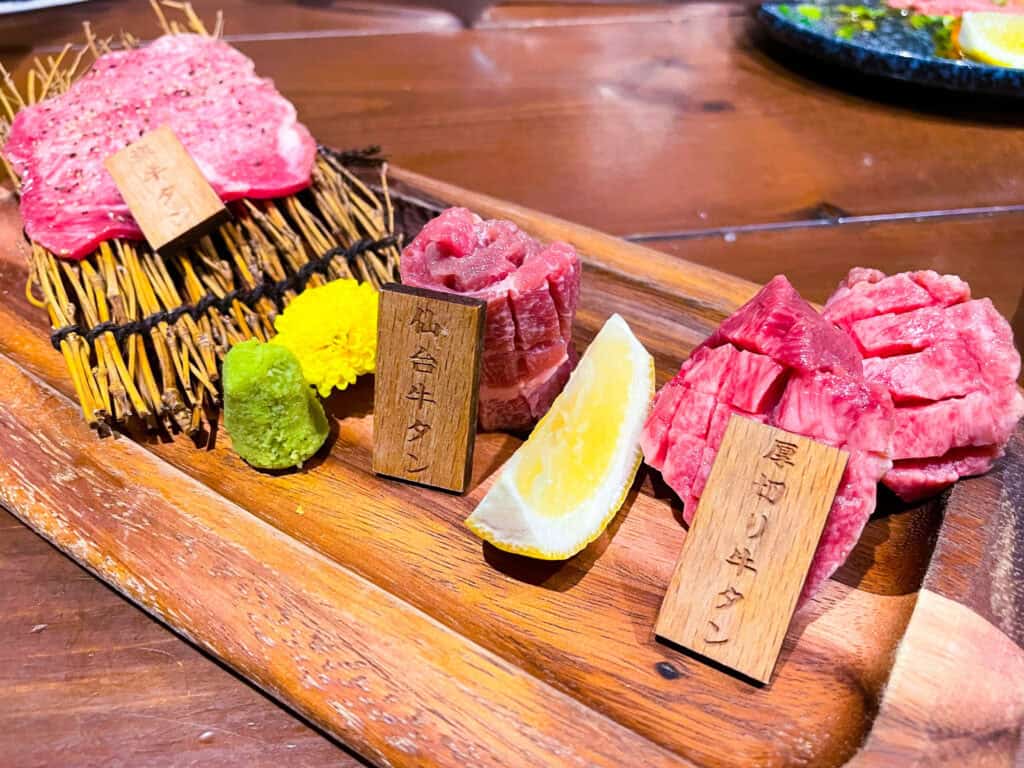
At the top end of the spectrum, omakase sushi courses, known for their expertly prepared seasonal seafood, often range between ¥30,000 and ¥60,000 ($200–$400) per person, reflecting the skill of the sushi chefs and the quality of ingredients used.
Why not start your journey in Tokyo with a kaiseki dinner, offering a refined introduction to traditional Japanese cuisine? On the final night in Osaka, how about indulging in an unforgettable wagyu beef dining experience, celebrating Japan’s world-renowned marbled beef?
Suddenly feeling hungry? Flip Japan can also arrange an omakase sushi course, where a skilled sushi chef curates a seasonal tasting menu, or a yakiniku course, allowing you to enjoy premium cuts of Japanese beef grilled to perfection. Just book directly or DM us if you’re interested!
Miscellaneous Expenses

Visiting some of Japan’s most iconic temples and museums requires entrance fees, which, while not substantial, do add up. Expect to spend around ¥5,000–¥10,000 ($35–$70) for admissions to places like Kiyomizu-dera, Fushimi Inari, Todaiji Temple, and Kinkaku-ji.
Final Cost Estimate for Booking Independently

If you planned this trip yourself, here’s what your estimated costs would look like:
- Accommodation: ¥105,000–¥175,000 ($710–$1,190)
- Transportation: ¥25,320–¥29,320 ($170–$200)
- Guided Tours: $700 to well over $1,400 per person
- Special Dinners: ¥20,000–¥50,000 ($140–$340) for two curated dining experiences
- Miscellaneous (entrance fees, temples, museums, etc.): ¥5,000–¥10,000 ($35–$70)
The total cost for booking this trip yourself would range between ¥336,320 to ¥494,320 (roughly $3,250 to $4,750 USD per person).
And keep in mind, this only includes what’s already covered in our package—it doesn’t account for additional expenses like daily meals, snacks, souvenirs, or unexpected transport costs.
Why Flip’s Japan Value Voyage Group Tour is the Best Value for Your Japan Trip

Planning a trip to Japan on your own isn’t just expensive—it’s a logistical challenge. If you tried to book the same itinerary independently, you’d be looking at ¥336,320 to ¥494,320 ($3,250 – $4,750 USD) just for the inclusions covered in this tour.
Meanwhile, Flip Japan’s expertly curated Japan Value Voyage group package costs as low as $1,487 USD per person, saving you over $1,750–$3,250 while ensuring a seamless, stress-free, and truly immersive travel experience. But this isn’t just about the price—it’s about making your Japan trip effortless and unforgettable.
With this tour, everything is already arranged for you—no struggling with train schedules, no waiting in line to buy tickets, and no worrying about whether you’re staying in the right part of the city. Japan’s transport system is amazing, but figuring out which passes to buy, how to get from one station to another, and dealing with long-distance train reservations can be a huge hassle—especially for first-time visitors.

With this package, your Shinkansen bullet train ticket is pre-arranged, and you’ll have a preloaded IC card for easy subway and train access, meaning you can just tap and go instead of fumbling for change or stressing over ticket machines.
Accommodations are also a major factor when traveling Japan, and with this tour, you’re staying in well-located, comfortable hotels in Tokyo, Kyoto, and Osaka. No need to spend hours searching for the best deals or risk booking a place in an inconvenient location. Every hotel is carefully selected for accessibility, comfort, and quality, so after long days of exploring, you can rest easy knowing you’re in the perfect spot to make the most of your trip.
One of the biggest reasons this package is the smarter choice? The expert local guides. If you were to book a private English-speaking guide for this itinerary, it would cost an extra $700 to well over $1,400 per person on top of everything else.
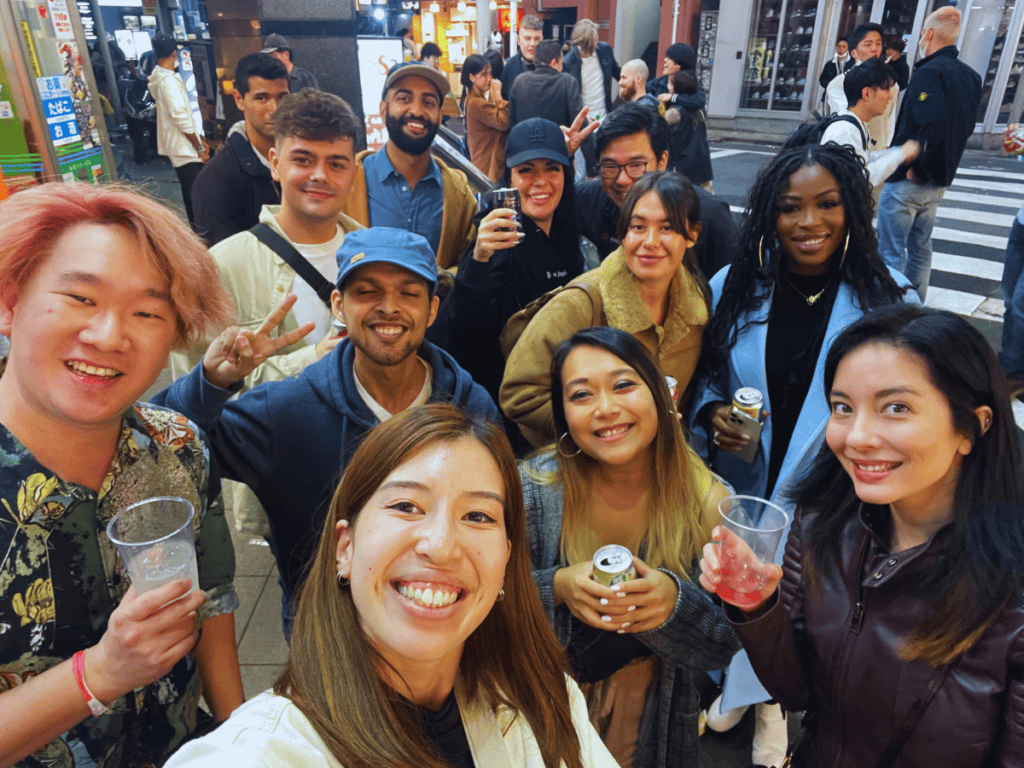
But with this tour, guides are included, giving you insider knowledge, hidden spots, and a smooth experience without language barriers. Instead of wandering aimlessly in Akihabara, for example, your guide can take you straight to the best anime stores and rare collectibles. In Kyoto, instead of getting lost in the crowds at Fushimi Inari, you’ll know exactly when and where to go to get the best experience.
Having an expert by your side makes all the difference—you’ll not only see Japan but truly understand its culture, history, and traditions in ways you wouldn’t if you were navigating on your own.
Another huge benefit? No language struggles. While Japan is an incredible destination, English isn’t widely spoken in many areas, and simple things like ordering food, asking for directions, or buying train tickets can be challenging.
With this tour, you’ll always have an English-speaking guide to assist you, making communication effortless. No more struggling with Google Translate or guessing what’s on the menu—you can just focus on enjoying the experience.

And let’s talk about the perks. All entrance fees are covered, meaning no unexpected expenses when visiting temples, shrines, and historic landmarks. Plus, the package includes two special dinners—one in Tokyo and one in Osaka—so you can start and end your journey with a proper feast.
But beyond the savings and convenience, one of the best parts of a group tour is the people you’ll meet. Travelling solo or even with a friend can be amazing, but there’s something special about exploring Japan with a group of like-minded travelers who share the same excitement for adventure.
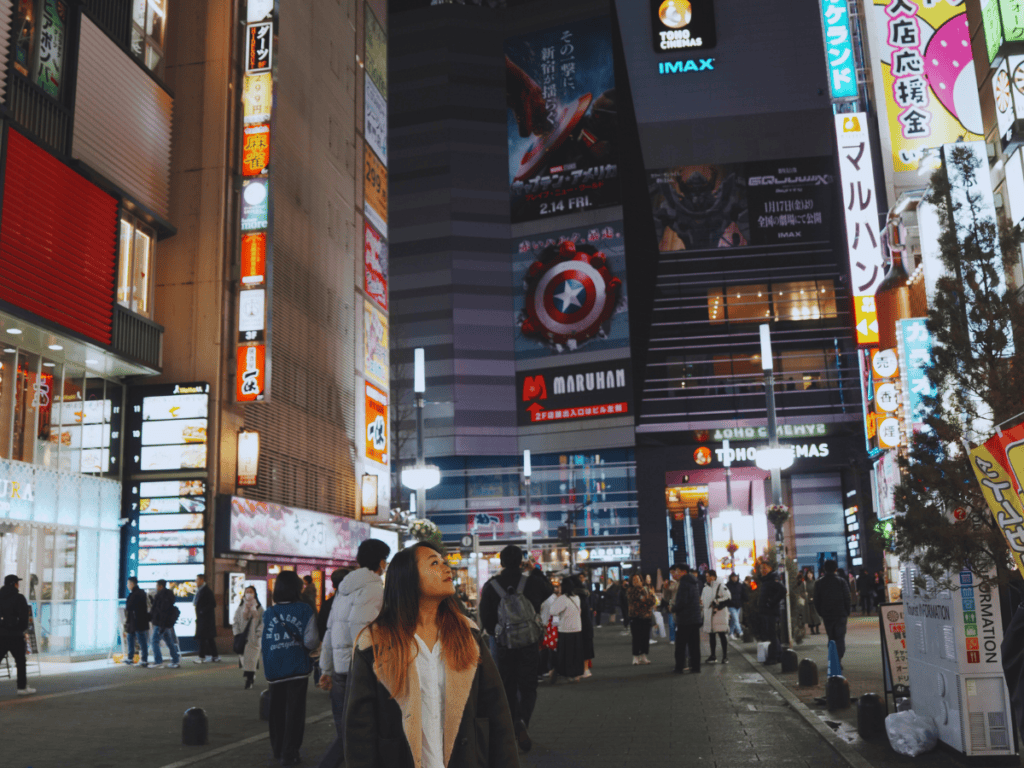
You’ll make new friends, share unforgettable moments, and bond over incredible experiences—from tackling Tokyo’s busy streets to eating your way through Osaka’s famous food markets. Many travelers leave these tours not just with amazing memories but with lifelong friendships.
At the end of the day, this isn’t just about saving money (although you do save a lot!)—it’s about getting the absolute best value for your trip. With everything pre-arranged, expert guides to enrich your experience, and none of the stress of planning on your own, you get a seamless, high-quality Japan adventure at a fraction of the cost of doing it independently.
Why spend more and take on all the hassle when you can have everything arranged for you, travel with a fantastic group, and enjoy Japan the way it’s meant to be experienced?
Don’t Miss Out—Reserve Your Spot Today!
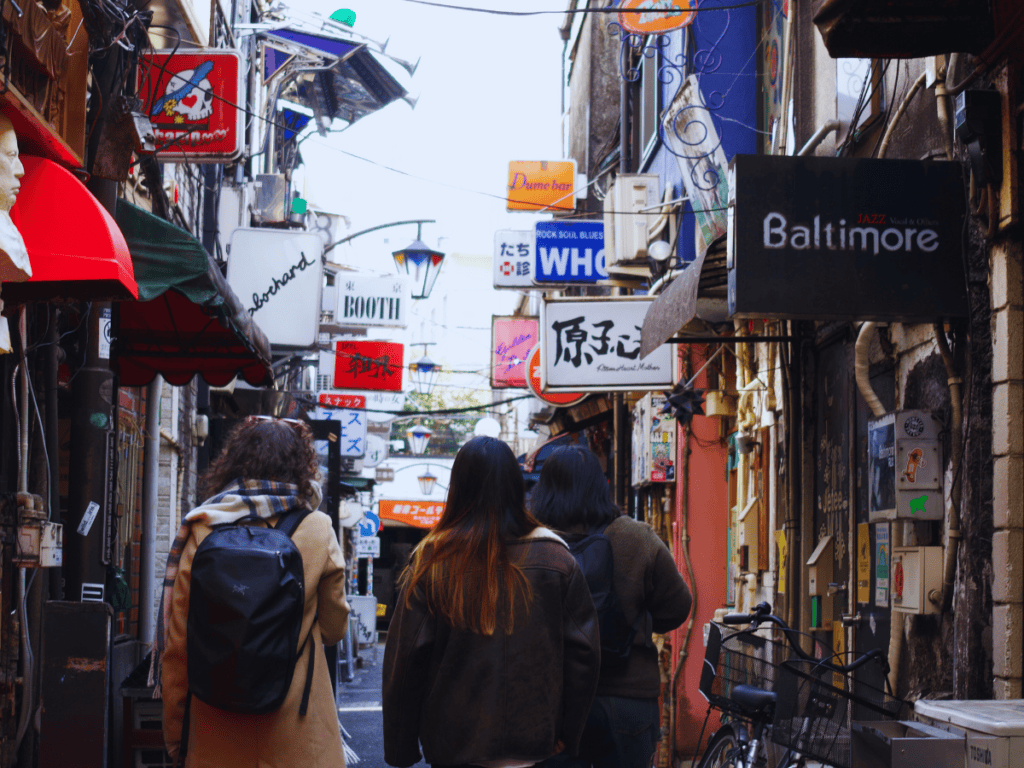
Japan is waiting for you, and this is your chance to experience it the best way possible—stress-free, expertly guided, and at an unbeatable price. Instead of spending hours planning, booking, and navigating on your own, join a group of like-minded travellers and let us handle all the details.
You’ll get exclusive access to the best sights, seamless transportation, handpicked accommodations, and expert English-speaking guides—all for significantly less than planning it yourself!
🚨 Slots for this tour are limited, and they sell out fast! 🚨 But don’t worry—we run this tour a few times a year, so if your preferred dates fill up, be sure to check out upcoming departures and reserve your spot in advance.
Looking for more adventures? We also offer other carefully curated, budget-optimized tours that let you experience the best of Japan without breaking the bank. Whether you’re dreaming of spring cherry blossoms, vibrant autumn leaves, or a food-filled winter escape, there’s a perfect tour waiting for you.
👉 Book now and lock in your Japan adventure before it’s too late!

